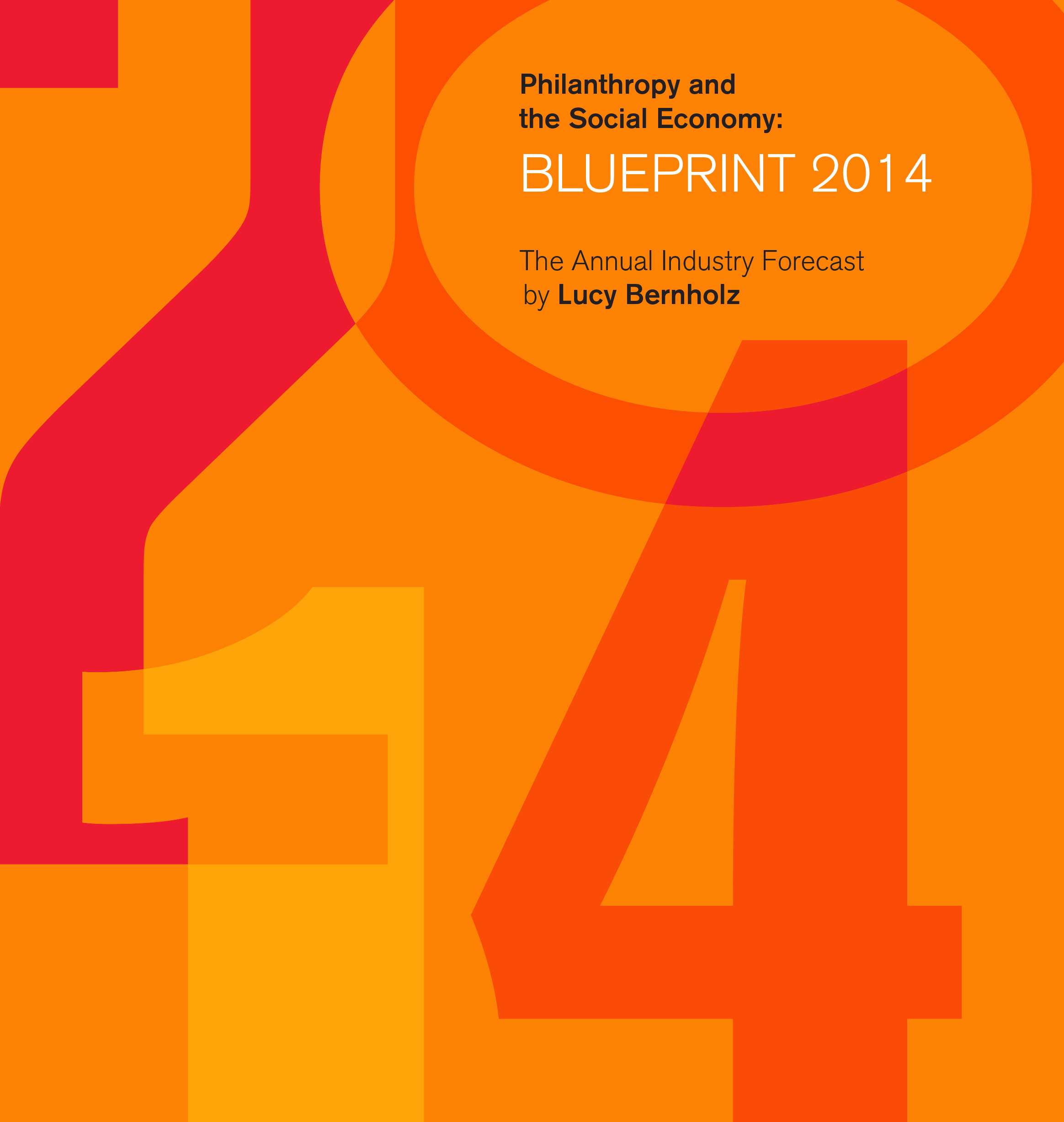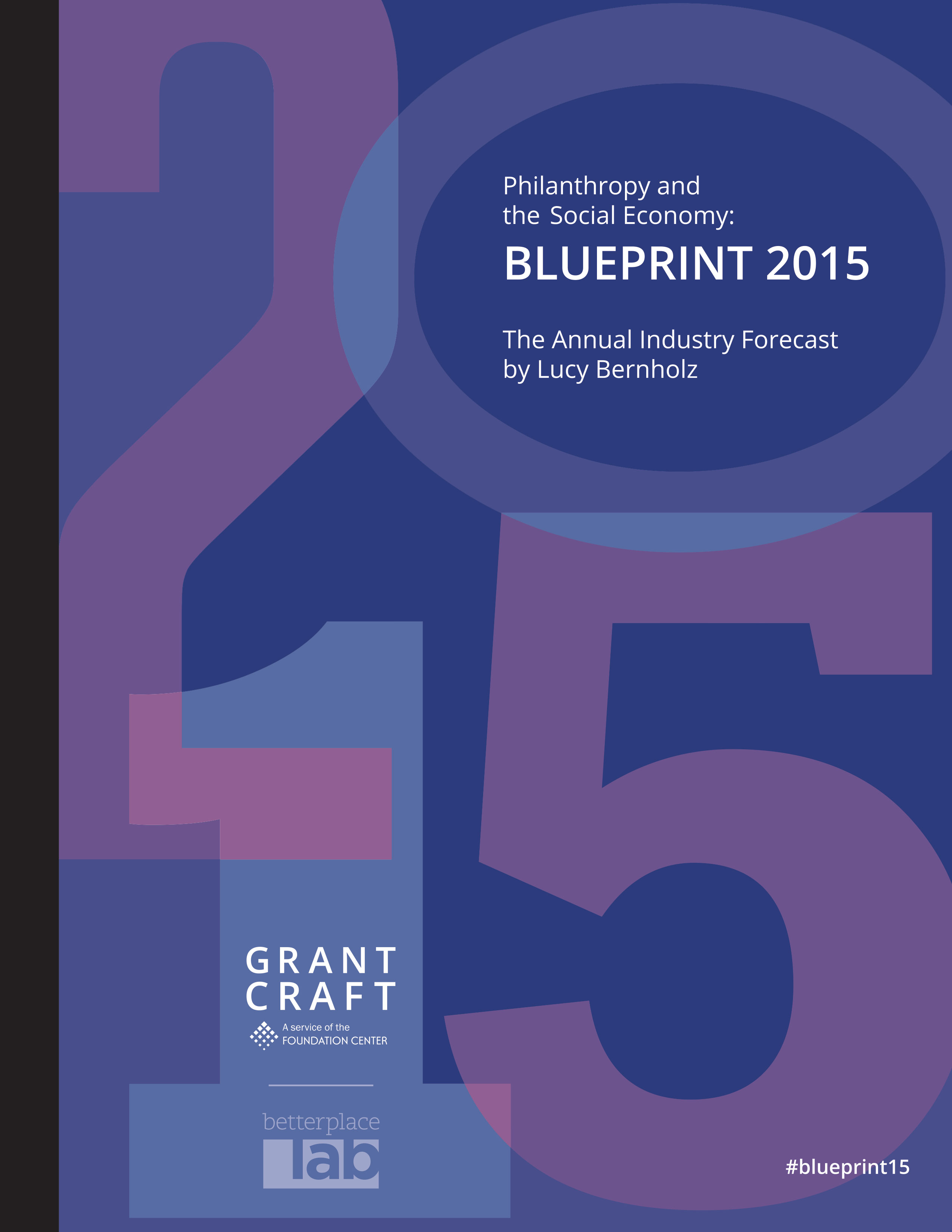Getting and Sharing Credit
A grantmaker who was involved in the creation of a new child advocacy group knew that the organization needed to build a formidable track record to attract additional funding. Yet the group’s effectiveness would also depend on being perceived in the field as a good and generous partner. How could the new organization project a public image that combined forcefulness and cooperation? How could it share the spotlight without allowing its own contribution to be overshadowed?
The answer, the grantmaker contends, lay in the executive director’s determination to build effective coalitions, and her skill in leading people to work together for policy change. Fairly soon, peer organizations began to trust her willingness to collaborate and acknowledge their work. As a member of the organization’s board, the grantmaker sought to ensure that other board members recognized the value of the director’s approach:
“The board had to see that, sure, we want to show how effective we are, but we need to make sure we’re not trying to take credit for everything or refusing to give credit where credit is due. Everyone has recognized that when you make progress in public policy, it’s never due to just one group’s effort.”
Any new organization that competes, or is perceived to compete, directly with others will almost certainly attract animosity. It may therefore be worthwhile for both the start-up and the grantmaker to reach out to potential rivals as early as possible. Even if you can’t ease their anxiety completely, it helps to make sure, at a minimum, that channels of communication remain open.
Takeaways are critical, bite-sized resources either excerpted from our guides or written by Candid Learning for Funders using the guide's research data or themes post-publication. Attribution is given if the takeaway is a quotation.
This takeaway was derived from Working with Start-Ups.


